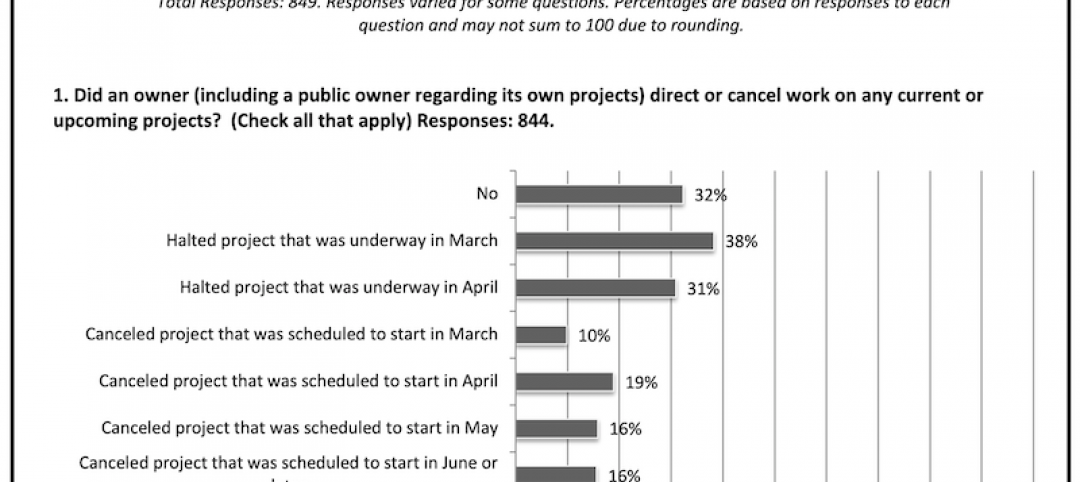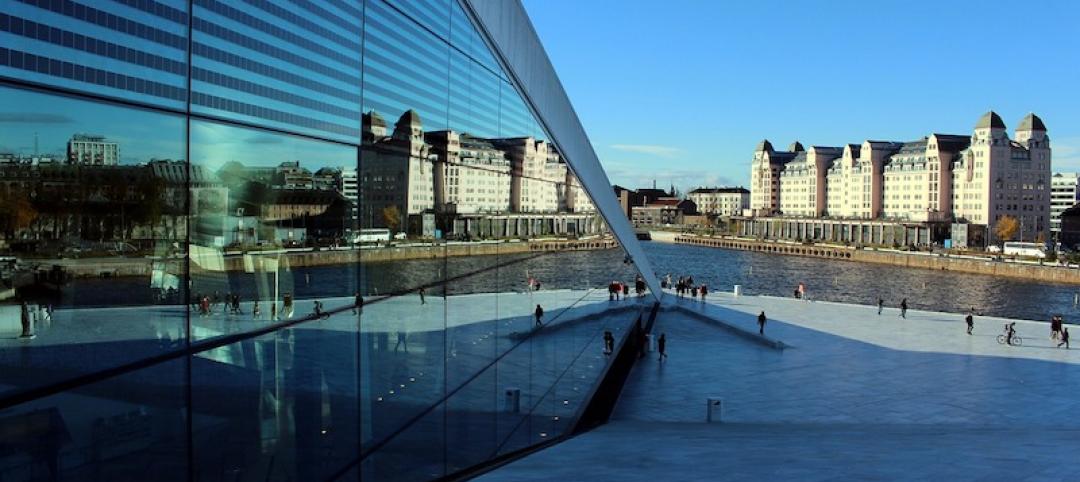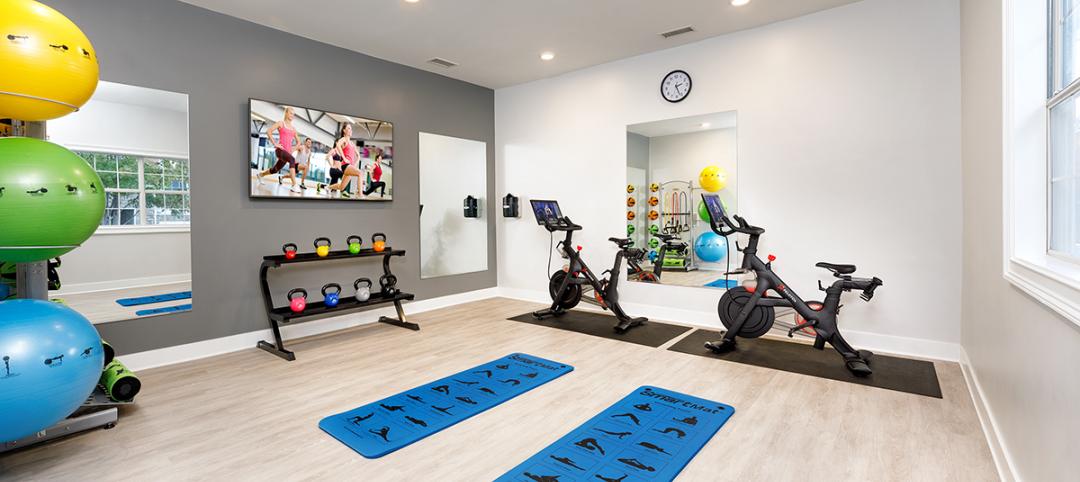First, the good news: Nearly two-thirds of executives at real estate companies and corporations (64%) said it is “extremely likely” or “very likely” that their companies would undertake new construction in the next 12 months, compared to just 46% two years ago, according to a survey by Turner Construction Co.
Similarly, the Turner survey showed a significant uptick in anticipated renovation projects by this client group: 71% said they would were “extremely” or “very” likely to engage in renovation, vs. 58% in 2010. Reconstruction has been the salvation of the commercial design and construction industry in the last few years, but more renovation work is always welcome—especially since saving an existing building is often the “greenest” thing you can do. Now to the green building findings, and here we’re seeing less change from 2010 to today.
For example, the great majority of respondents said that the most important factors when evaluating the costs and benefits of green features were: 1) achieving energy efficiency (84%), 2) the cost of ongoing operations and maintenance (84%), and 3) building value (75%).These economic factors related to green building were essentially unchanged from the 2010 survey. Similarly, roughly three-fourths of respondents saw such factors as “occupancy rates,” “total 10-year costs,” “indoor air quality,” “health and well-being of occupants,” and “asking rents” as “extremely” or “very” important—again, not significantly different from 2010’s findings.
The most intriguing finding, however, had to do with what seems to be a falloff of interest in LEED certification. In Turner’s 2008 survey, three-fifths of respondents (61%) said they were “very likely” (30%) or “extremely likely” (31%) to seek LEED certification for new or renovated projects. This started falling in 2010, to 53%, and dropped to 48% this year, with 25% “very likely” and 23% “extremely likely” to use LEED.
Why this apparent decline of interest in LEED? One factor, which was not specifically asked in the survey and is based primarily on anecdotal evidence, is that many AEC firms are building sustainably without asking the client’s permission. There’s also considerable evidence that many owners are demanding fairly high levels of sustainable design and construction (at no fee premium!) while forgoing the USGBC plaque. And a fairly large minority of owners (17%) said they would be extremely likely or very likely to pursue other certifications, notably Energy Star.
In fact, among respondents who said their companies would not be likely to seek LEED certification, four in five cited the cost of LEED certification (82%) or the staff time required (79%) as reasons for not registering their projects with LEED. Three in four respondents gave the “time required for the process” (75%) or “difficulty of the process” (74%) as their reason for not pursuing LEED certification.
These findings are, to some extent, a tribute to the U.S. Green Building Council and its LEED rating system for raising the level of interest in “market transformation” among AEC firms, building owners, developers, and product manufacturers. LEED may have its flaws, but you’ve got to give the USGBC credit for the savvy way in which it has marketed and promoted the program.
Whether they’re using LEED or some other yardstick, most AEC firms—and many of their clients—are building much more sustainably today than they were 10 years ago. That’s progress, even if it has taken a decade to get there. +
More from Author
Rob Cassidy | Mar 30, 2020
Your turn: Has COVID-19 spelled the death knell for open-plan offices?
COVID-19 has designers worrying if open-plan offices are safe for workers.
Rob Cassidy | Mar 25, 2020
Coronavirus pandemic's impact on U.S. construction, notably the multifamily sector - 04-30-20 update
Coronavirus pandemic's impact on U.S. construction, notably the multifamily sector - 04-30-20 update
Rob Cassidy | Nov 20, 2019
Word of the Year: "climate emergency," says the Oxford English Dictionary
The Oxford Word of the Year 2019 is climate emergency.
Rob Cassidy | Nov 8, 2019
The Peloton Wars, Part III - More alternatives for apartment building owners
ProForm Studio Bike Pro review.
Rob Cassidy | Nov 1, 2019
Do car-free downtown zones work? Oslo, yes; Chicago, no
Two recent reports (October 2019) explore whether car-free downtowns really work, based on experience in Oslo, Norway, and Chicago.
Rob Cassidy | Oct 9, 2019
Multifamily developers vs. Peloton: Round 2... Fight!
Readers and experts offer alternatives to Peloton bicycles for their apartment and condo projects.
Rob Cassidy | Sep 4, 2019
Peloton to multifamily communities: Drop dead
Peloton will no longer sell its bikes to apartment communities.















